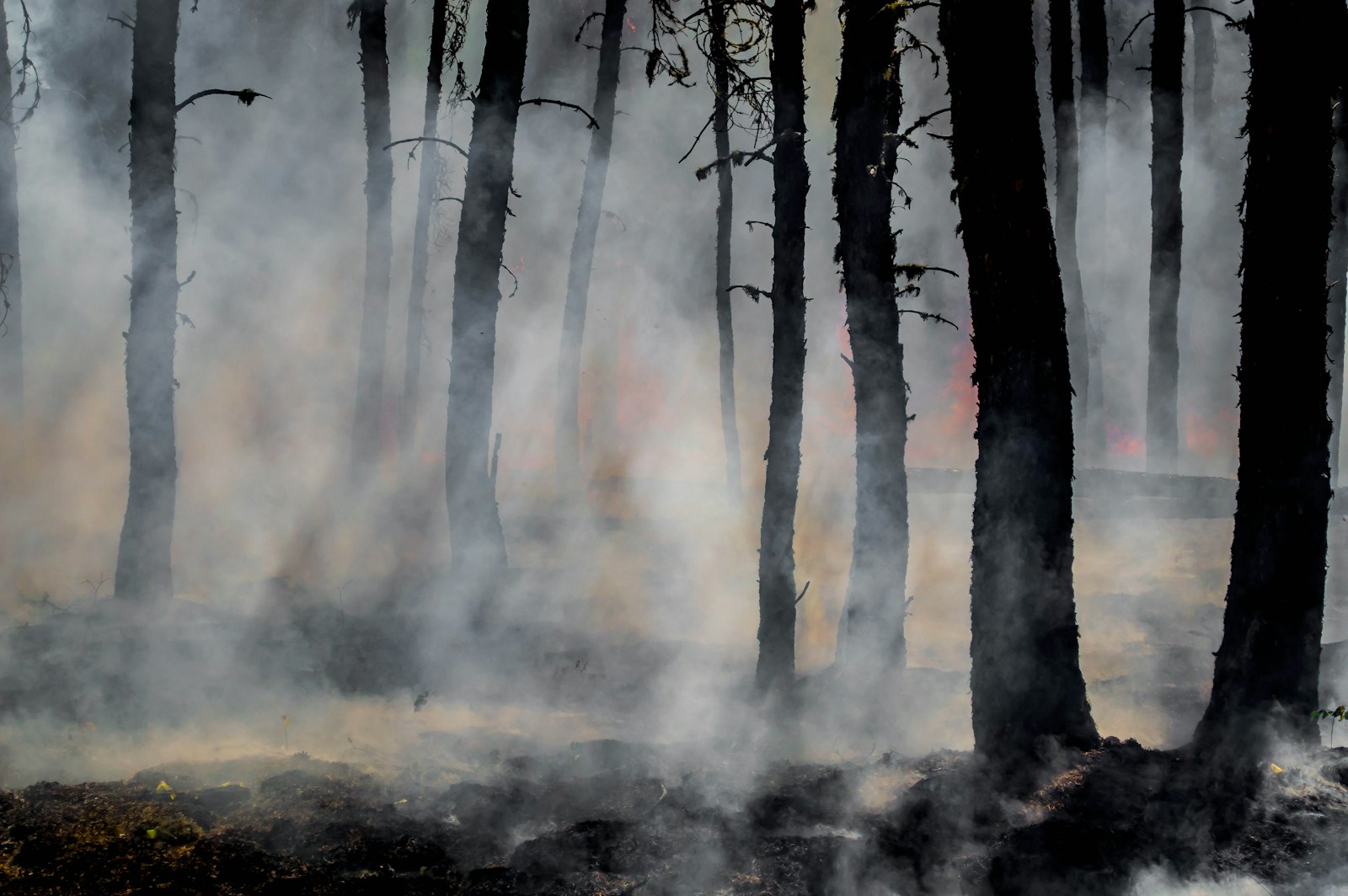🤔 What is the ‘Foreign Buyer Ban’ Anyways?
If you’ve been following Canadian real estate news, you’ve likely heard about the Prohibition on the Purchase of Residential Property by Non-Canadians Act, commonly referred to as the ‘Foreign Buyer Ban.’ This legislation, which was initially rolled out on January 1 2023 and is currently in effect through to January 1 2027, was introduced as an attempt to address housing affordability in major national markets by restricting foreign ownership of real estate.
While the headline may sound absolute, the reality of the situation is more nuanced. There are several key exemptions built into the Act—meaning some non-Canadians are still eligible to buy property in Canada.
🍁 Who Is Considered a “Non-Canadian”?
Under the Act, the definition of a “non-Canadian” includes:
Individuals who are not a Canadian citizen, permanent resident, or a person registered as an Indian under the Indian Act
Corporations not incorporated at either the provincial or federal level in Canada
Canadian corporations controlled by non-Canadians
A prescribed person or entity
✅ Who May Be Eligible For an Exemption?
But there are several categories of individuals and entities that are exempt from the prohibition. Here’s a breakdown of who qualifies for an exemption under the current rules.
1. International Students
International students may be eligible to buy a home in Canada if they meet all of the following criteria:
They’ve filed tax returns in Canada for at least 5 years.
They’ve been physically present in Canada for a minimum of 244 days per year in each of those years.
The property being purchased is less than $500,000.
They have not purchased any other residential property in Canada.
2. Foreign Workers
Temporary foreign workers may also be exempt from the Foreign Buyer Ban if they:
Hold a valid work permit or are authorized to work in Canada.
Have worked full-time in Canada for at least 3 of the past 4 years.
Have filed income tax returns in Canada for at least 3 of those years.
3. Refugees and Protected Persons
Individuals who have been granted refugee status or are considered protected persons under Canadian immigration law and are not subject to the ban. This reflects Canada’s commitment to human rights and support for those seeking asylum.
4. Diplomats and Foreign Mission Staff
Members of foreign missions—including diplomats and consular staff—who are accredited by Global Affairs Canada and have been posted to Canada are allowed to purchase residential property.
5. Spouses or Common-Law Partners of Canadians
If a non-Canadian is buying property jointly with their Canadian or permanent resident spouse or common-law partner, the purchase is allowed—even if the non-Canadian would otherwise be prohibited.
6. Certain Types of Properties and Locations
The ban only applies to residential properties in urban areas, specifically Census Metropolitan Areas (CMAs) and Census Agglomerations (CAs). That means:
Rural properties, vacation cottages, and recreational land outside of urban boundaries are often exempt.
The Act does not apply to commercial real estate, multi-unit buildings with four or more units, or industrial properties.
This map is incredibly useful in identifying those relevant areas.
7. Property Transfers Through Legal Means
The ban does not apply to properties obtained through inheritance, divorce settlements, or other legal proceedings, such as debt recovery or court orders.
💭 Final Thoughts
While Canada’s foreign buyer ban has introduced significant restrictions, it's not a blanket prohibition. Several categories of non-Canadians can still purchase homes if they meet the right criteria.
If you’re unsure whether or not you qualify under one of these exemptions, it’s always wise to consult with a real estate professional and/or legal advisor.
Have questions about how the Foreign Buyer Ban could affect your plans or your property? Let’s talk—I’d be happy to guide you through your options!
Disclaimer:
This article is for informational purposes only and should not be considered as financial, legal, or professional advice. Matthew Carson and RE/MAX Camosun make no representations as to the accuracy, completeness, or suitability of the information provided. Readers are encouraged to consult with qualified professionals regarding their specific real estate, financial, and legal circumstances. The views expressed in this article may not necessarily reflect the views of RE/MAX Camosun or its agents. Real estate market conditions and government policies are subject to change, and readers should verify the latest updates with appropriate professionals.




